Images archive: Luther Hooper's SILK
These images are from a PDF of Luther Hooper’s “Silk: Its Production and Manufacture.”
These are all out of copyright, and available for use, to the best of my knowledge. These make great spinning-dyeing-weaving clip art.
If you do use any of these, please save them to your own server.
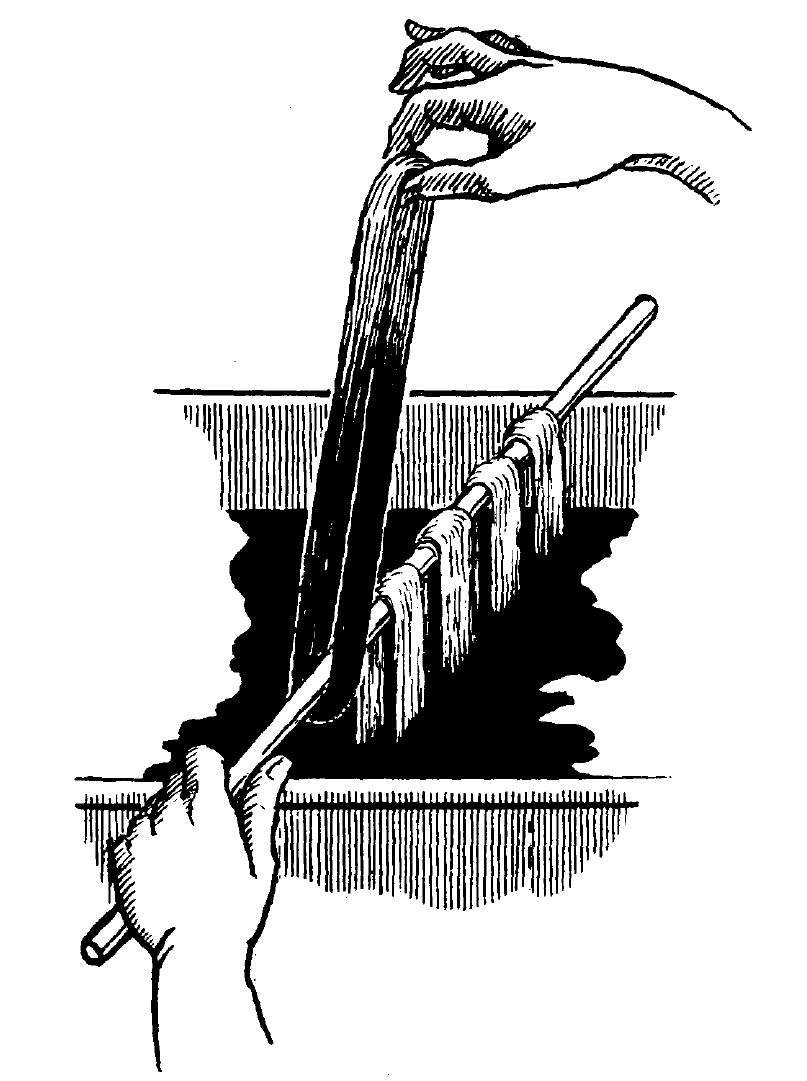
LOTS more pictures – including weaving, dyeing, twisting, and insects…
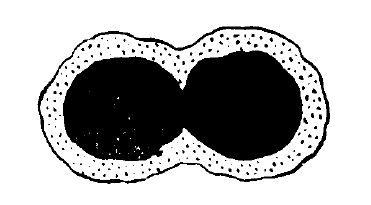
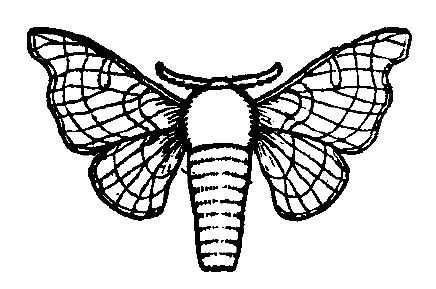



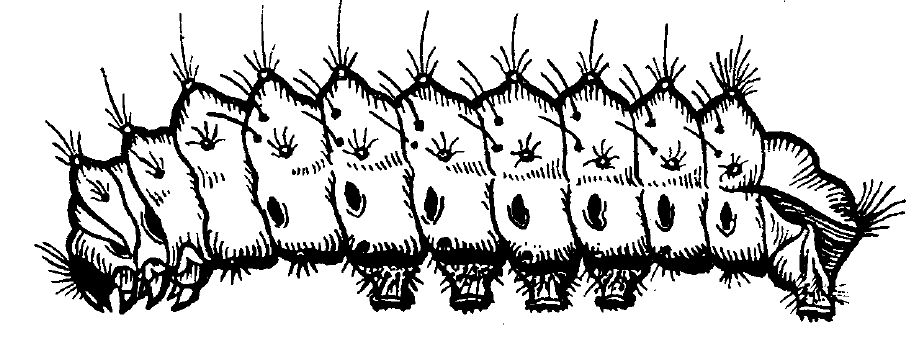
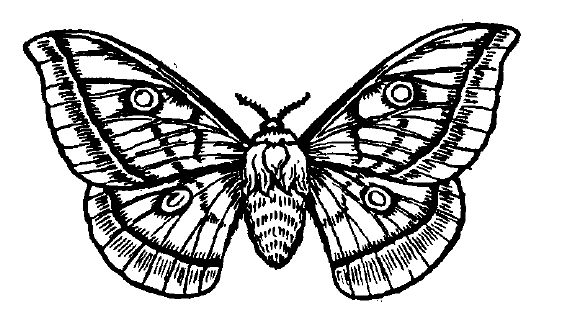
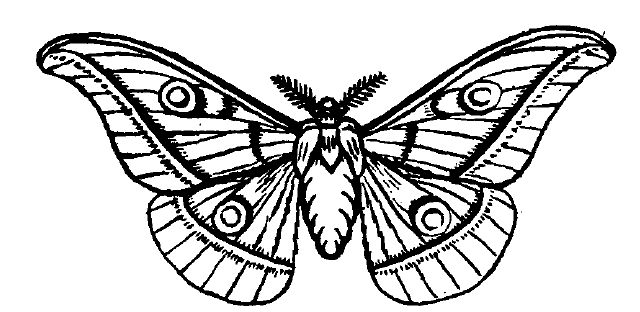
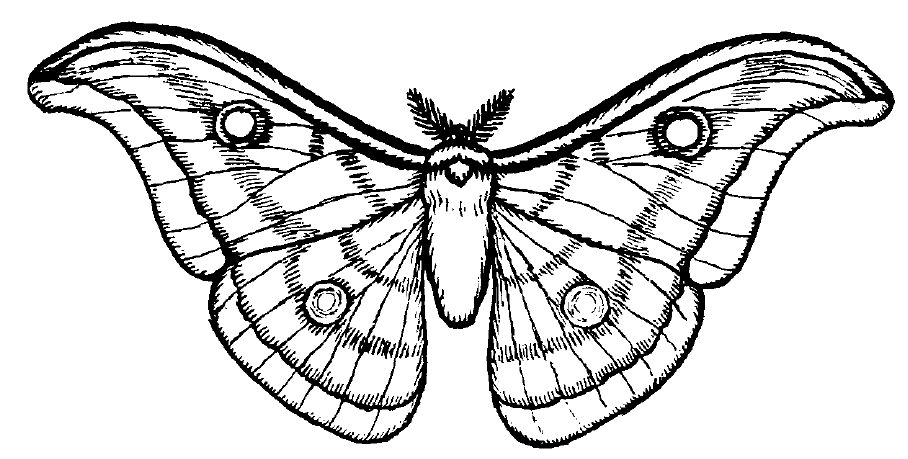
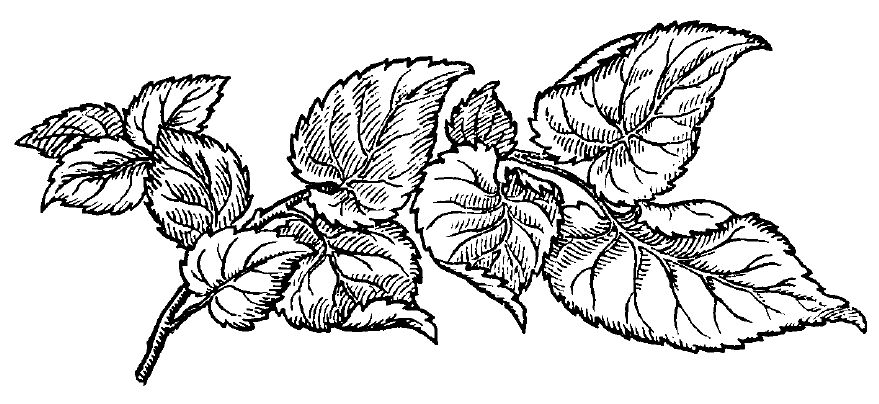
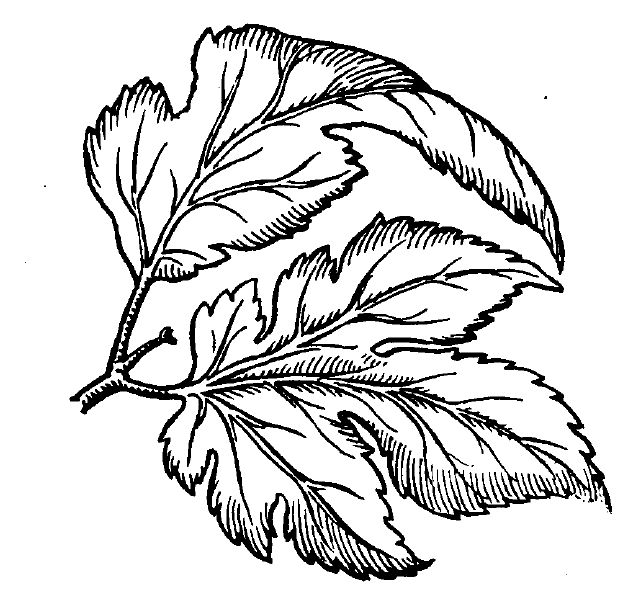
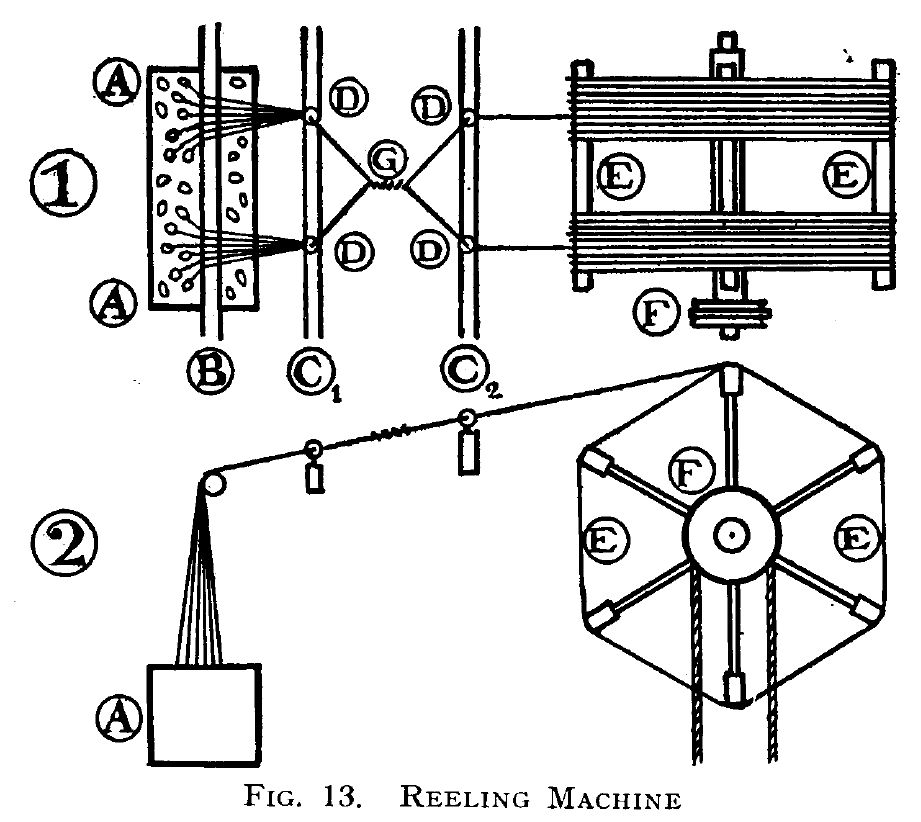
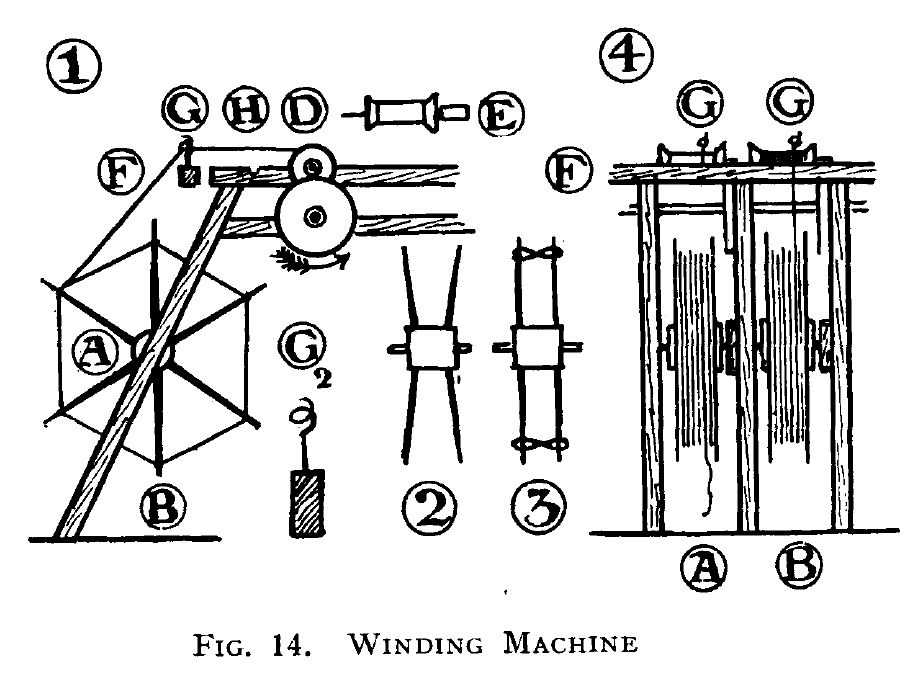
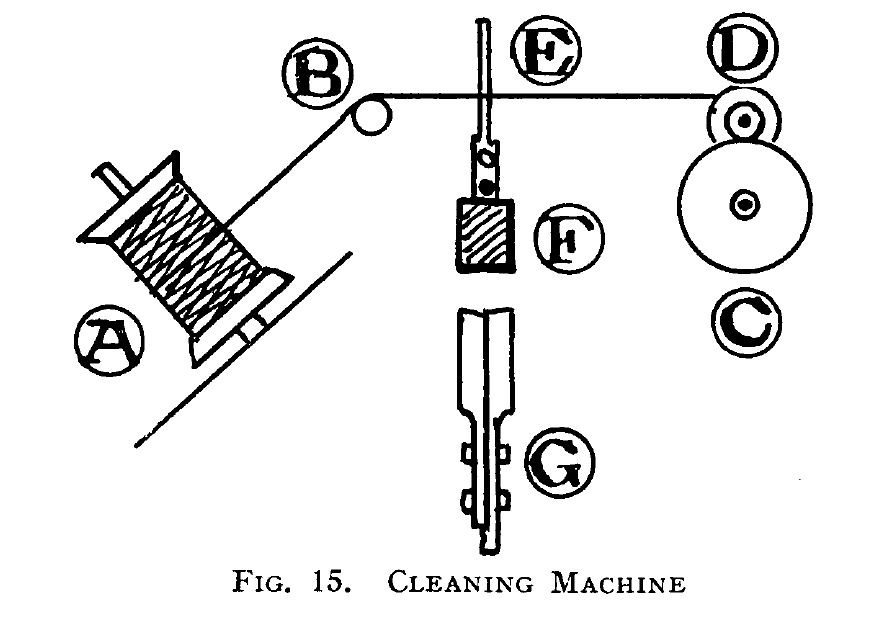

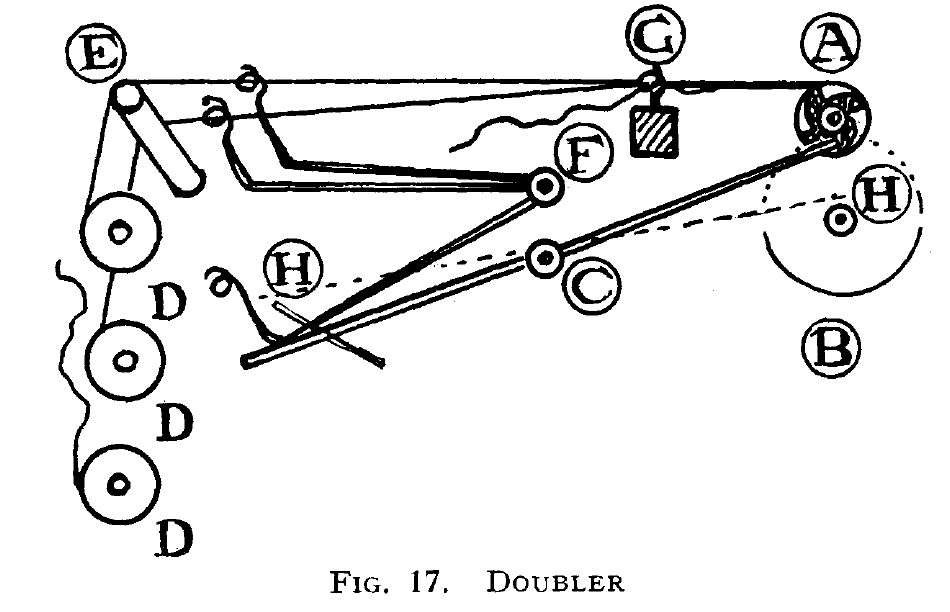
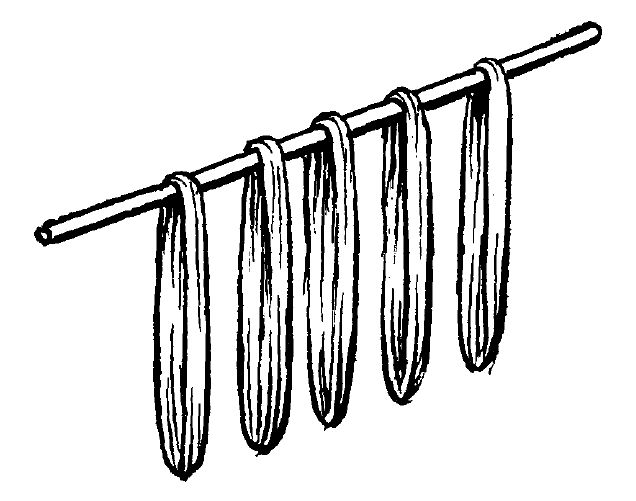
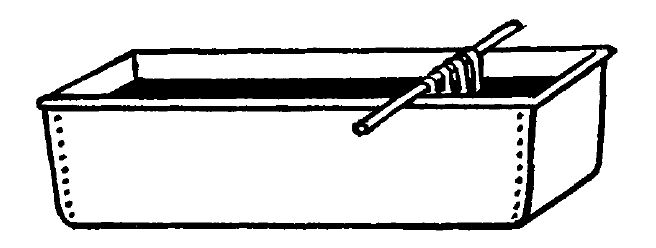

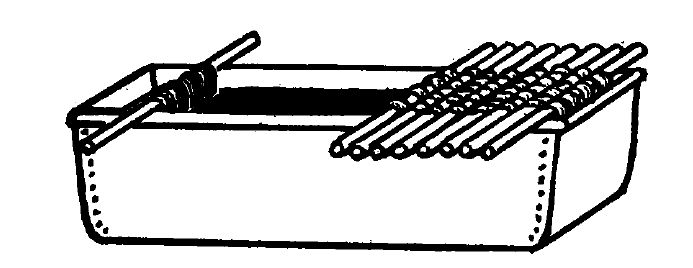
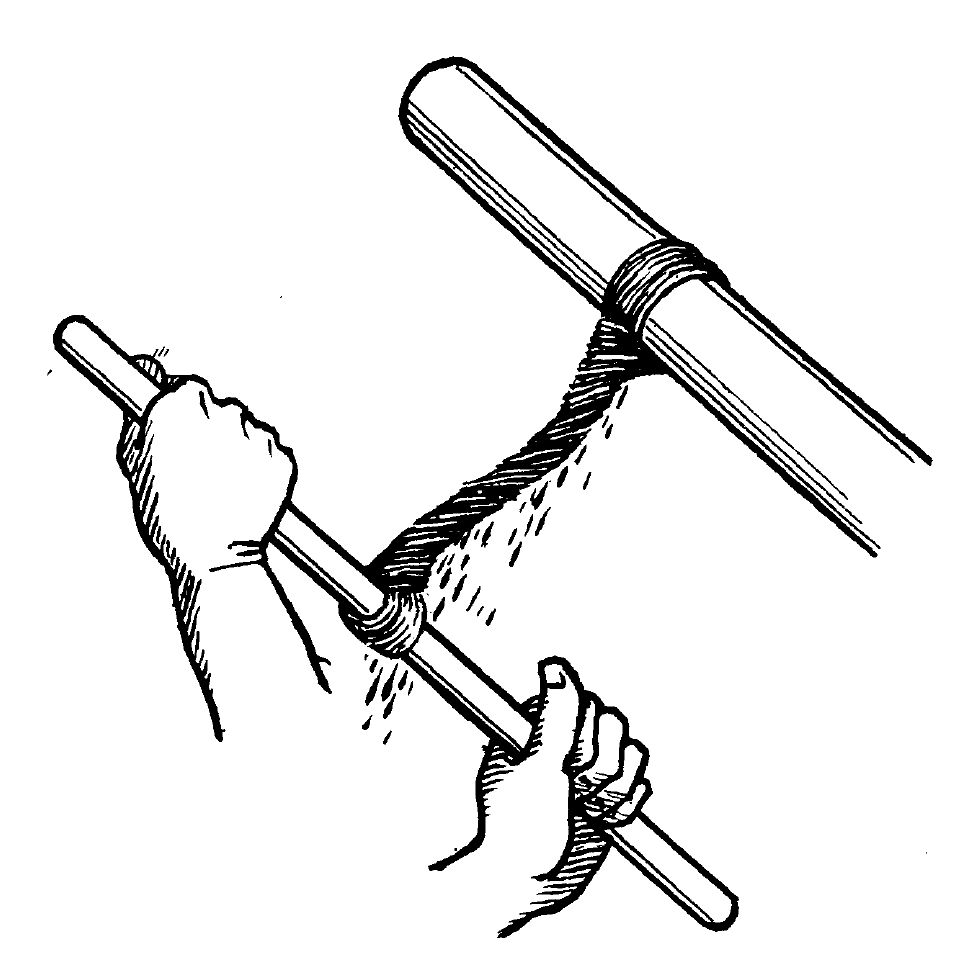
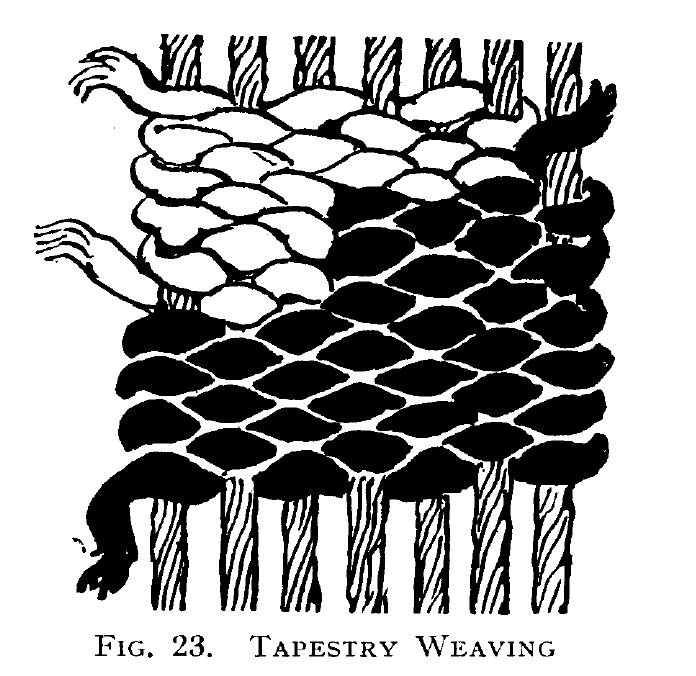
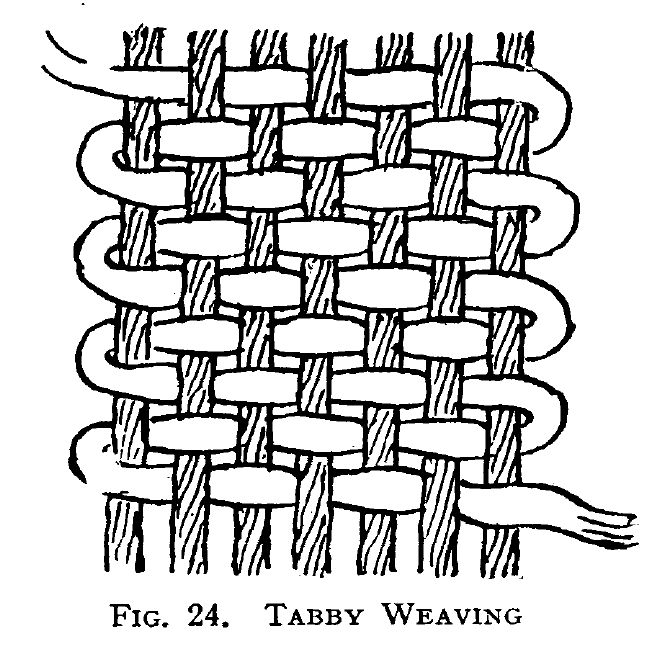
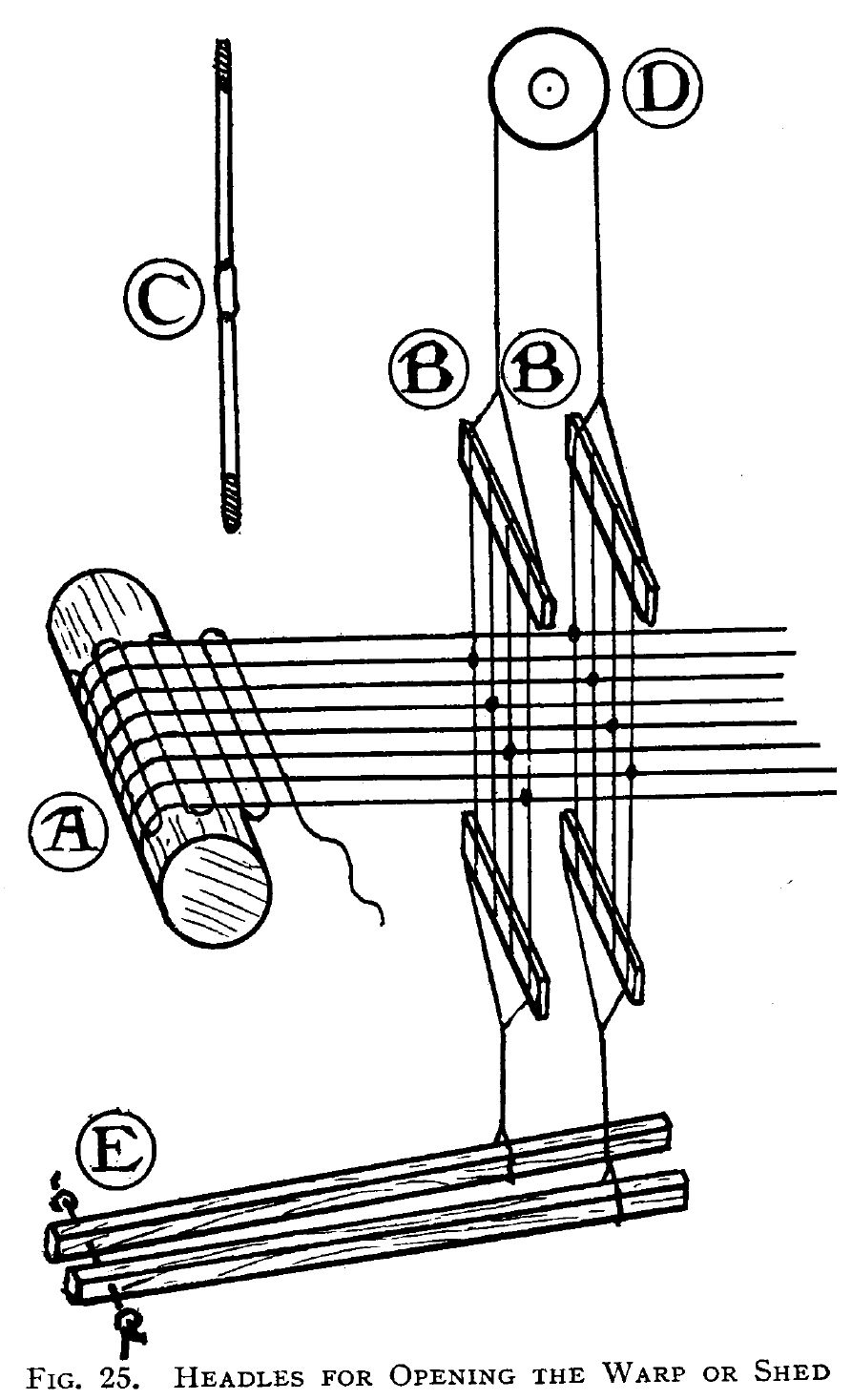

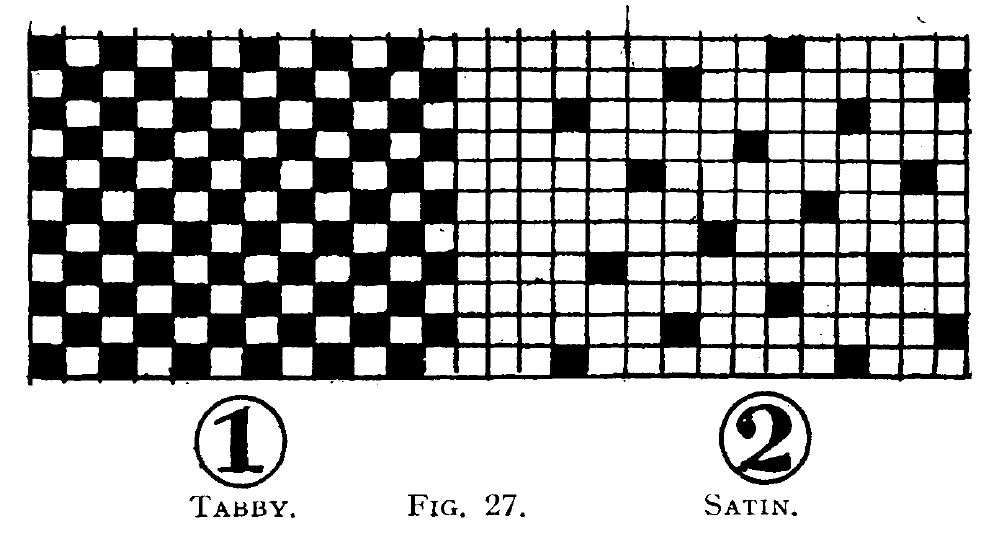

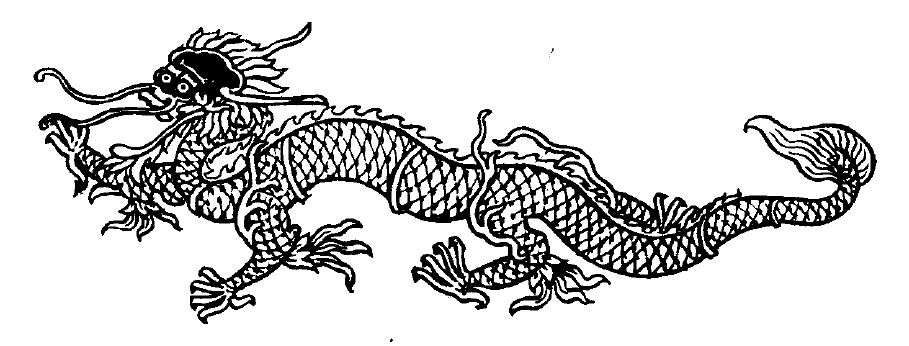



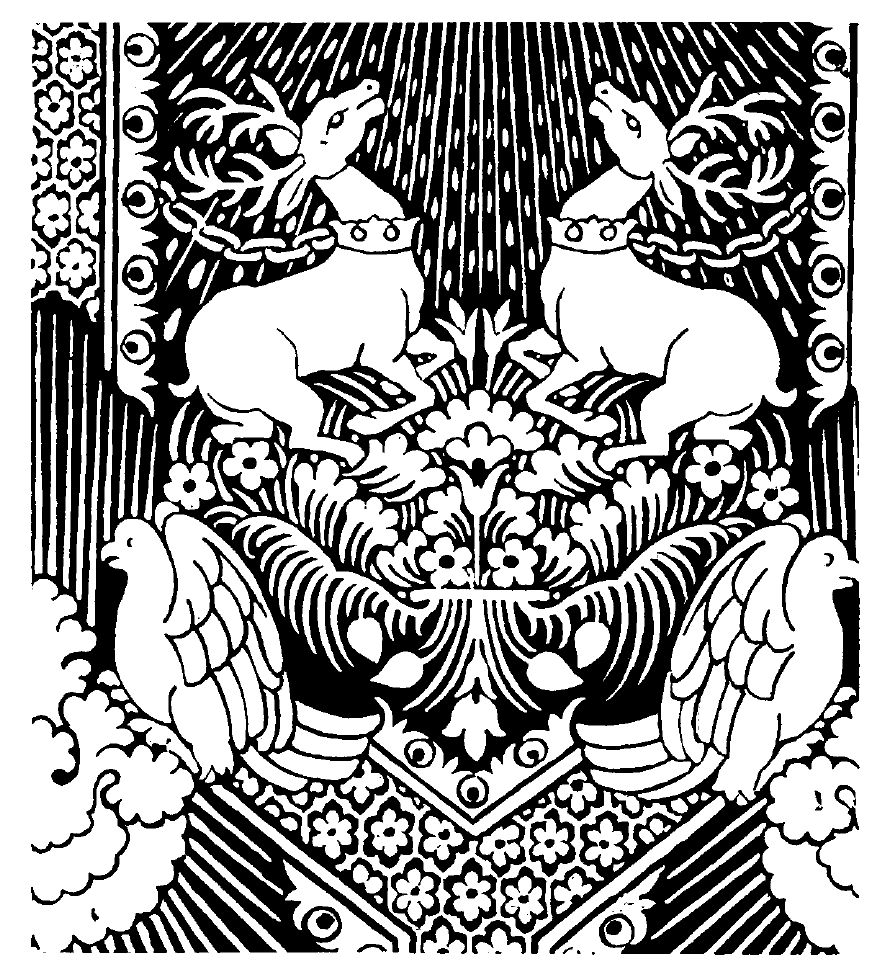

Please consider putting these on http://commons.wikimedia.org so they can be searched for and used in free projects.
I really like all the kewl pics you’re finding. 8-]
Thanks! I’ve been using these for a while, for things like my business cards – and I thought, why not share?
Thank you. One of these days, we have to get together just to compare libraries.
That reminds me. When the season gets going in earnest, I’d like to buy some of the silkworms you’re thinning out, as well as the pupae. I’m going to have a lot of very hungry carnivorous plants this year (as well as a very hungry box turtle), and I’d like to reuse someone else’s production waste product if I can help it.
I’d be happy to save up some for you – I don’t usually cull unless they become ill, but a dozen or so spares will never be missed! And the moths, of course, are just so much extra protein after they’re done breeding. I used to feed them to a giant argiope spider on the back porch (and man, did she get FAT – three egg sacks!) but we don’t have a Charlotte this year.
I wouldn’t want to give you any sick ones, in case they weren’t as nutritious. There’s been considerable discussion on the bearded-dragon boards, about whether sick silkworms will cause sick lizards; there was a big epidemic of viral nuclear polyhedrosis, and lots of the big suppliers were shipping sick feeders. So far, I haven’t seen anything more definitive than a maybe – the bacteria won’t infect the reptiles, but their waste products inside the insects probably aren’t healthy in food.
Oooh I love those…thanks for posting ’em.
One of the MANY fabulous things about you is that you share absolutely everything. You care about making people grow.
Thank you SOOOOO much.
Ercil
You’re welcome!